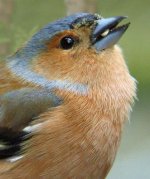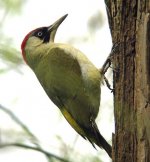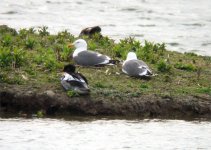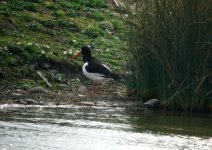Just wondering if anybody else has tried this combination and if they have what camera settings have proved successful.
At the moment I'm using the 16-48 zoom but so far my digiscoping efforts have been dissapointing so I'm considering buying the 26x wide angle lens as it should let more light through therefore faster shutter speed.
The Canon A95 is attached to the scope via the Eagleeye adaptor and appears to be rock solid. I'm also using a cable release so hopefully pressing the shutter isn't the problem. In operation normally I have to zoom in to approx x2 on the camera to remove vignetting and this results in a minimum aperture of F4.5. The camera's autofocus appears to lock on without any difficulties. Based upon the results I've been getting please see http://www.birdforum.net/pp_gallery/showphoto.php?photo=88943 something isn't quite right. I'm guessing the shutter speed isn't fast enough to freeze the birds movement (how fast should it be)?
Any suggestions or advice will be extremely welcome
Thanks
A couple more photos
http://www.birdforum.net/pp_gallery/showphoto.php?photo=88944
http://www.birdforum.net/pp_gallery/showphoto.php?photo=88946
At the moment I'm using the 16-48 zoom but so far my digiscoping efforts have been dissapointing so I'm considering buying the 26x wide angle lens as it should let more light through therefore faster shutter speed.
The Canon A95 is attached to the scope via the Eagleeye adaptor and appears to be rock solid. I'm also using a cable release so hopefully pressing the shutter isn't the problem. In operation normally I have to zoom in to approx x2 on the camera to remove vignetting and this results in a minimum aperture of F4.5. The camera's autofocus appears to lock on without any difficulties. Based upon the results I've been getting please see http://www.birdforum.net/pp_gallery/showphoto.php?photo=88943 something isn't quite right. I'm guessing the shutter speed isn't fast enough to freeze the birds movement (how fast should it be)?
Any suggestions or advice will be extremely welcome
Thanks
A couple more photos
http://www.birdforum.net/pp_gallery/showphoto.php?photo=88944
http://www.birdforum.net/pp_gallery/showphoto.php?photo=88946
Last edited:







